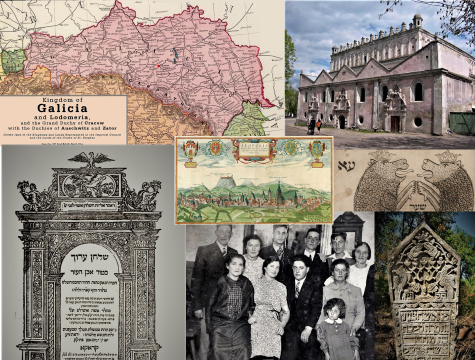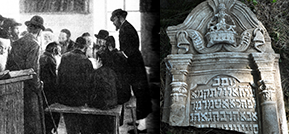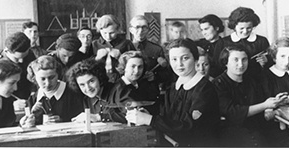The Historical Atlas of Galician and Bukovina Jewry: A New Project of the JGB Organization

Our organization began formulating an outline for the production of an innovative and groundbreaking project: a wide ranging historical atlas characterizing the history of Galician and Bukovina Jewry from its inception until its destruction during the Holocaust, and beyond.
The purpose of the atlas is to present the centuries old history and cultural heritage of two important and influential communities of the Jewish people, Galicia and Bukovina. These communities will be presented, on one hand, against the background of Jewish history in general, and on the other, against general local history.
The atlas was inspired by other previous historical atlases, Jewish and general, that combined maps, general texts, detailed texts, and a variety of other visual material, including illustrations, photographs, and diagrams.
According to the plan, the atlas will be based on four chapters that reflect dates central to the history of Galician Jewry: from its outset until the Austrian era (1772); the Austrian era (1772-1918); the period between the two world wars (1918-1939); World War II and the Holocaust, and after (1939 and onward).
The atlas will include thematic discussions that are meant to cover the primary historical and cultural processes that befell the Jews of Galicia and Bukovina, and their domains, for instance:
Beginnings
Settlements, distribution, and demographics
Economy
Communities and their institutions
Rabbinic scholars and their works
Hasidism
Education and literature
Culture of book; newspapers and press
Languages
Art and architecture
Politics, nationalism, and Zionism
Migration and dispersion
and more.
We aspire to share within the atlas the maximum number of researchers and scholars dealing with these arenas and subject matters. Alongside young researchers senior researchers from Israel and around the world will participate in this initiative.
The atlas addresses both researchers and the general public and is designed to contribute to the fields of documentation, research, teaching, and the commemoration of these communities, for their rich and diverse heritages and legacies.
We are currently in the stage of consolidating the topics and developing the structure of the atlas.






